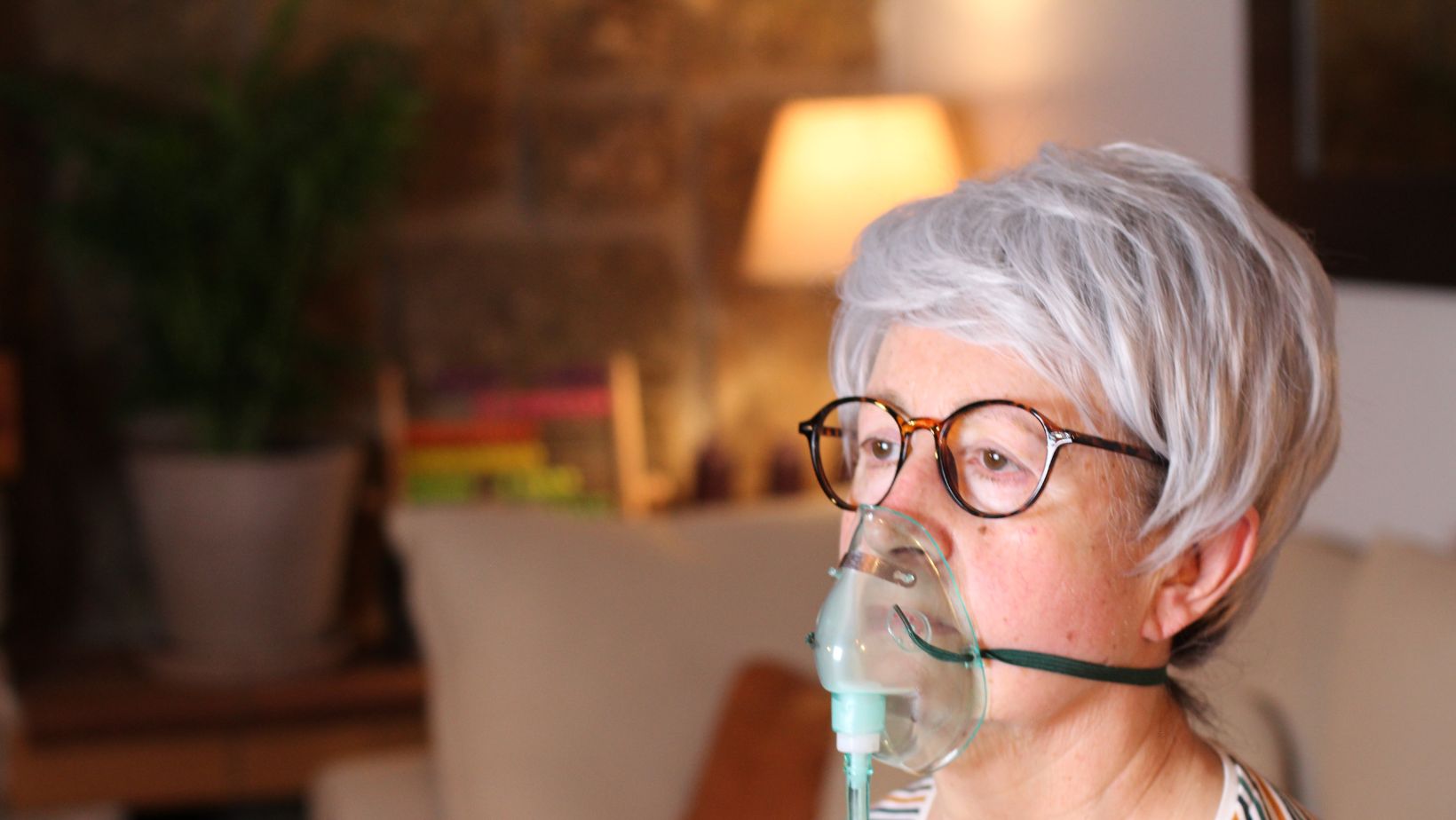
As someone living with a chronic lung condition like COPD or pulmonary fibrosis, you know how challenging it can be to get enough oxygen into your body. Shortness of breath, fatigue, and brain fog can make everyday activities exhausting.
But there is hope – oxygen therapy using devices like oxygen concentrators can significantly improve your symptoms and help you live a fuller, more active life.
What is Oxygen Therapy?
Oxygen therapy involves breathing in air that contains a higher concentration of oxygen than what’s in the ambient air. This extra oxygen helps get more of this vital gas into your lungs and bloodstream.
Your doctor may prescribe supplemental oxygen if your blood oxygen levels are too low.
There are several ways to deliver this oxygen:
- Oxygen tanks containing compressed or liquid oxygen
- Oxygen concentrators that filter and concentrate oxygen from the air
- Special oxygen-permeable tubes called transtracheal catheters
For many people, oxygen concentrators are the most convenient option for home use. These electric devices come in both portable and stationary models.
The Benefits of Oxygen Therapy
Using supplemental oxygen as prescribed can have a dramatic positive impact on your health and wellbeing:
- Reduced shortness of breath
- Increased physical stamina
- Better sleep
- Improved mood and mental alertness
- Prevention of heart failure in people with severe lung disease
Oxygen therapy can enable you to be more active, social, and independent. You may find daily tasks easier and be able to exercise more. Many patients say oxygen therapy greatly enhances their overall quality of life.
Choosing an Oxygen Concentrator
If your doctor recommends an oxygen concentrator, you’ll need to decide between a stationary or portable model. Stationary concentrators are larger and must be plugged into an electrical outlet, while portable concentrators use batteries.
Stationary concentrators deliver more liters per minute of oxygen and are good for overnight use. Portable concentrators allow you to bring your oxygen with you on the go. Many people use both types to fit their lifestyle needs.
Here’s a quick comparison:
| Stationary Concentrators | Portable Concentrators |
| Deliver 5-10 liters per minute | Deliver 1-5 liters per minute |
| Must be plugged in | Can run on battery power |
| Weigh 30-50 pounds | Weigh under 20 pounds |
| For home and overnight use | For use outside the home |
Your durable medical equipment provider can help you choose the right concentrator. Be sure to select one that provides enough oxygen flow to meet your prescription and fits your budget and mobility needs. Advances in technology mean today’s concentrators are lighter, quieter, and more efficient than ever.
Getting Started with Oxygen Therapy
Starting oxygen therapy can feel overwhelming, but your healthcare team is there to support you every step of the way. They’ll show you how to use and maintain your equipment and can offer tips for staying safe and active.
Remember, oxygen therapy is a treatment, not a limitation. With the help of devices like stationary oxygen concentrators, you can get back to doing more of what you love. By taking an active role in your lung health, you’ll be breathing easier in no time.
Key Takeaways
- Oxygen therapy delivers concentrated oxygen to your lungs, reducing symptoms of lung diseases like COPD.
- Oxygen concentrators are a convenient way to do oxygen therapy at home and on the go.
- Stationary concentrators provide high oxygen flow, while portable models allow mobility.
- With your doctor’s guidance, oxygen therapy can help you live a fuller, more active life.
If you’re living with a chronic lung condition, talk to your doctor to see if oxygen therapy could be right for you. It just might be the breath of fresh air you need to improve your quality of life.




